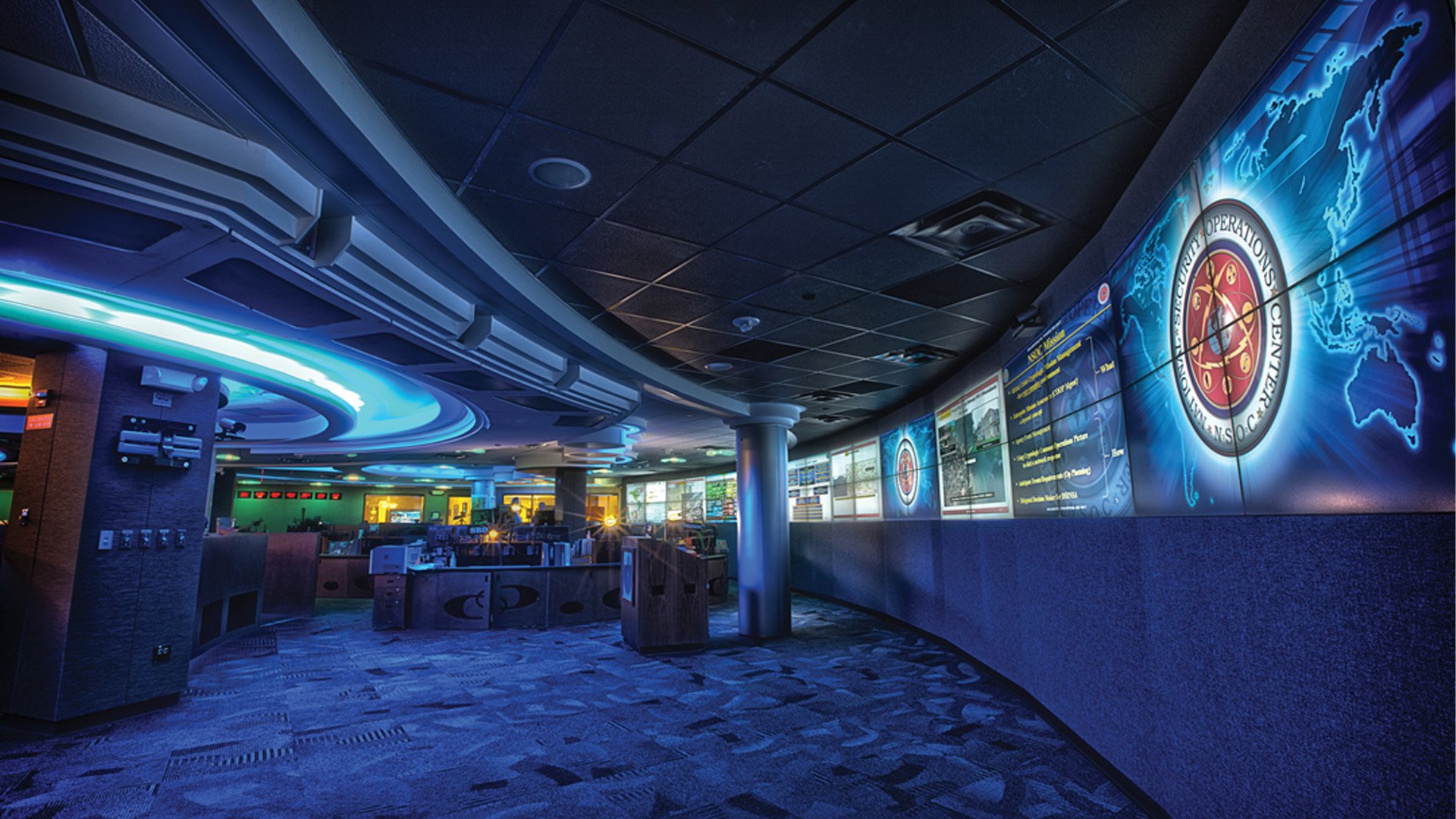The ‘New’ National Cryptologic Museum Showcases Secretive History of American Espionage

The National Security Agency's operations center floor in 2012. The NSA's National Cryptology Museum is the first and only public museum in the US intelligence community. Wikimedia Commons photo.
Some exciting news for spy geeks, history buffs, and anyone who wants to see rare codebreaking artifacts from days of yore: The National Security Agency has recently announced the “grand opening” of the National Cryptologic Museum in Annapolis Junction, Maryland. Although the museum, which is located near the NSA headquarters, has technically been open to the public since 1993, it was closed for renovations during the COVID-19 pandemic and its transformation was apparently significant enough for the NSA to call this a grand opening. The ribbon-cutting ceremony is Saturday, Oct. 8, at 10 a.m., at which point ordinary citizens will be welcomed inside to feast their eyes on a vast collection of encryption machines, supercomputers, and even invisible ink chronicling the role of cryptology in American national security.
Cryptology, as defined by the NSA, is the art and science of breaking and making codes and ciphers. Early uses in American history occurred as far back as the American Revolution, but it was seen prominently during the Civil War, when the Union and Confederate armies delivered and intercepted encrypted messages on the battlefield. As codebreaking technologies advanced with each new war, armies developed increasingly sophisticated means to protect crucial intelligence — such as battle plans and tactical protocols — from the prying eyes of adversaries. These efforts were undertaken on both minute and grand scales. For example, in World War II, the US Army recruited Navajo men to transmit sensitive military communications coded in their tribal languages. While the "Navajo Code Talkers" were effective on the ground, other techniques protected the broader schemes of America's military strategy, such as SIGABA, a complex cipher encryption machine. Axis forces never succeeded in breaking either the Navajo or the SIGABA codes. Then, during the Cold War, when the US and Soviet Union were on the brink of nuclear armageddon, the art and science of cryptology advanced well beyond esoteric languages and radios and into the realm of computer technology.

A 2016 exhibit at the National Cryptologic Museum from before the renovations, showing an authentic World War II Enigma machine. Photo courtesy of the NSA.
The NCM is the first and only public museum built and curated by the US intelligence community. Its exhibits feature various encryption and codebreaking artifacts spanning American history, including from the Civil War, World War II, and the Cold War era. Some of the more recent artifacts on display include the "Senior Scout,” a US Air Force intelligence-gathering vessel packed full of crypto equipment and transported in the back of a modified C-130. The Senior Scout was used in Operation Desert Storm, the War on Terror, and in the war on drugs.
To those who visited the NCM before it underwent renovations, Dr. Vince Houghton, the museum’s current director, promises a new and improved experience, heralding “an all new interior, complete with all new layouts, displays, and many never before seen artifacts that played critical roles protecting American national security.” For those unable to attend the museum at all, the NCM has a spotlight series on YouTube that showcases some of the best artifacts available within the museum.
Read Next: 5 Bomber Jackets From the Mighty 8th Air Force and the Stories They Tell

Matt Fratus is a history staff writer for Coffee or Die. He prides himself on uncovering the most fascinating tales of history by sharing them through any means of engaging storytelling. He writes for his micro-blog @LateNightHistory on Instagram, where he shares the story behind the image. He is also the host of the Late Night History podcast. When not writing about history, Matt enjoys volunteering for One More Wave and rooting for Boston sports teams.
BRCC and Bad Moon Print Press team up for an exclusive, limited-edition T-shirt design!
BRCC partners with Team Room Design for an exclusive T-shirt release!
Thirty Seconds Out has partnered with BRCC for an exclusive shirt design invoking the God of Winter.
Lucas O'Hara of Grizzly Forge has teamed up with BRCC for a badass, exclusive Shirt Club T-shirt design featuring his most popular knife and tiomahawk.
Coffee or Die sits down with one of the graphic designers behind Black Rifle Coffee's signature look and vibe.
Biden will award the Medal of Honor to a Vietnam War Army helicopter pilot who risked his life to save a reconnaissance team from almost certain death.
Ever wonder how much Jack Mandaville would f*ck sh*t up if he went back in time? The American Revolution didn't even see him coming.
A nearly 200-year-old West Point time capsule that at first appeared to yield little more than dust contains hidden treasure, the US Military Academy said.












